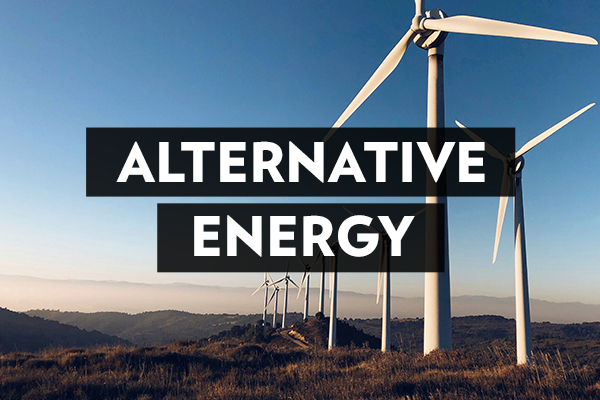Media

Facts Refute Gov. Wolf’s Climate Change Concern
Editor's Note: A version of this blog was also published in the Daily Caller and appeared at NaturalGasNow.org.
When Gov. Wolf uses the past year’s wet weather and local flooding to support his assertion that “we have a problem with climate change,” we can’t help but rain on his parade.
The governor’s comments came in reference to a petition to limit greenhouse gases that had been submitted to the Pennsylvania Environmental Quality Board by 61 parties, including environmental advocacy groups and solar energy firms.
Modeled after a California program, the proposal would require emitters of carbon dioxide to purchase permits for every ton of carbon released to make Pennsylvania carbon neutral by 2052.
As to whether he supports the proposal, the governor said:
I haven’t come to a conclusion on that. But we have a problem with climate change. That is a fact. We’ve all seen that this past year. York County has had more rain. I’ve gone around the state: Bradford County, York County, Schuylkill County, Allegheny County, Philadelphia County — all over the state — localized flooding. I’ve never seen this in my lifetime. We are having real problems.
Here the governor makes the common mistake of viewing weather outside its historical context and thinking there may be policy implications to consider.
According to the National Oceanic and Atmospheric Administration (NOAA), Pennsylvania’s annual precipitation for the first three years of his administration (no data available yet for 2018) was 42.9 inches, only 0.3 inch higher than the average long-term data dating to 1895—an increase hardly worthy of a policy discussion.
If yearly precipitation has not increased significantly, perhaps there were bigger storms with greater duration that has led the Governor to believe that drastic action is needed?
Again, NOAA data dispel that notion. NOAA records show that the most consecutive days with an inch of rain or more peaked in the 1940s and 1950s for the more than 700 weather stations in the state. Of the past 120-plus years, the last 30 years had some of the fewest such records.
Perhaps Gov. Wolf was recalling that he personally viewed flooding of the Susquehanna in Harrisburg this past July when the river crested at 17.3 feet. Much was made of the flooding at the time, but it ranks just 31st on the list of greatest floods at Harrisburg—only a bit more than half the record set by Tropical Storm Agnes in 1972.
Even if wet weather signified an important change in the climate, the response of mandating a “carbon-free” Pennsylvania would present staggering costs. Current AEPS mandates require 18 percent of the state’s electricity come from alternative sources by 2021, and are estimated to increase electricity prices by $700 million and eliminate 11,400 jobs by 2025.
From new DEP natural gas well emission standards, to a revised Climate Action Plan, and ongoing discussions over subsidizing “zero-emission” nuclear power, it's critical taxpayers have a clear picture of the expected benefits and the significant costs of any environmental policy.
Co-author Gregory Wrightstone is a geologist and author of “Inconvenient Facts: The science that Al Gore doesn’t want you to know.”